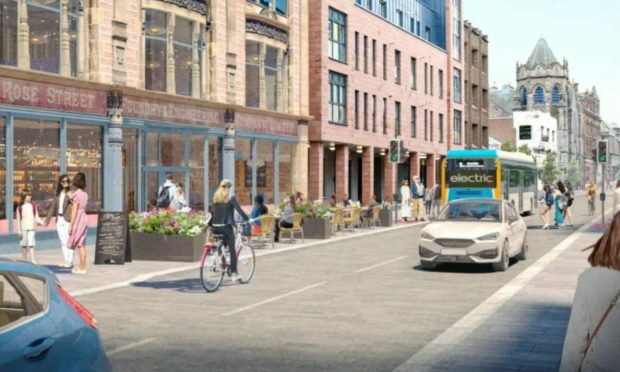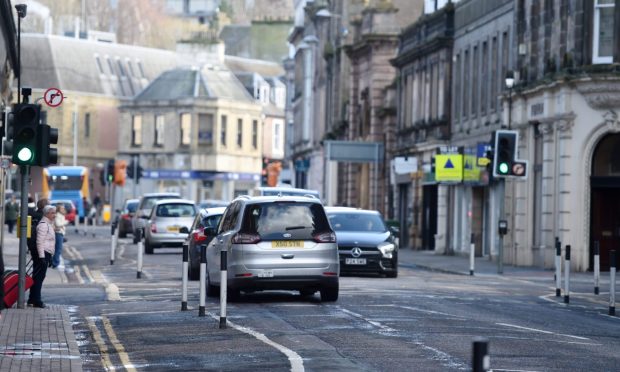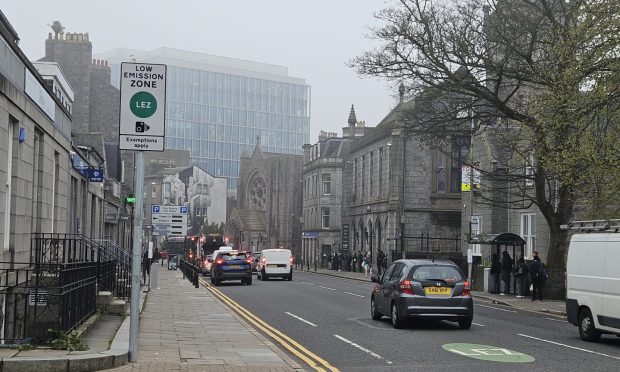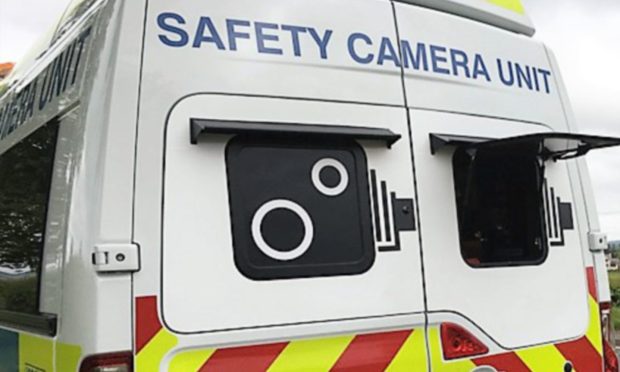Motorists may be required to always give way to pedestrians and cyclists when turning, under a shake-up of the Highway Code.
The Department for Transport is considering the measure to boost protection of vulnerable road users going straight on at junctions.
Road safety campaigners claim the Highway Code is unclear about what drivers should do when turning.
Rule 170 of the code states that pedestrians have priority “if they have started to cross” but does not explain what should happen when someone is about to step off a pavement at the same time a vehicle arrives at a junction.
Other updates being considered include actions to reduce cyclists being hit by car doors or overtaken too closely by vehicles.
The Dutch Reach technique for opening doors involves people in a car using the hand which is furthest from the handle, encouraging them to check over their shoulder for approaching traffic.
Some 101 cyclists died in 2017 in crashes on Britain’s roads.
Cycling and Walking Minister Jesse Norman said: “Cycling and walking are increasingly being understood as crucial parts of an integrated approach to issues of health, obesity, air quality and town and city planning.
The #Government has announced the #DutchReach and guidelines around safe passing distances for #cyclists are to be included in Highway Code. Great success and a significant milestone for cycle safety 👍! https://t.co/oBZUq0cw7q pic.twitter.com/1FdTXWDZBv
— Cycling UK (@WeAreCyclingUK) October 18, 2018
“But this will only happen if people feel safe on the roads.
“These measures are part of a steady process of improvement and reform designed to achieve just that.”
Duncan Dollimore, head of campaigns at charity Cycling UK, said: “Close overtakes and people opening car doors in front of cyclists are not only dangerous, they also put people off riding a bike.
“That’s why Cycling UK has been campaigning for changes to the Highway Code rules for many years, to make the requirements crystal clear to give enough space when overtaking a cyclist, wait if you can’t, and look before you open your car door.
“We’re delighted the Government has listened and we hope to contribute to the discussions regarding the amendments required to prioritise the safety of cyclists and other vulnerable road users.”










